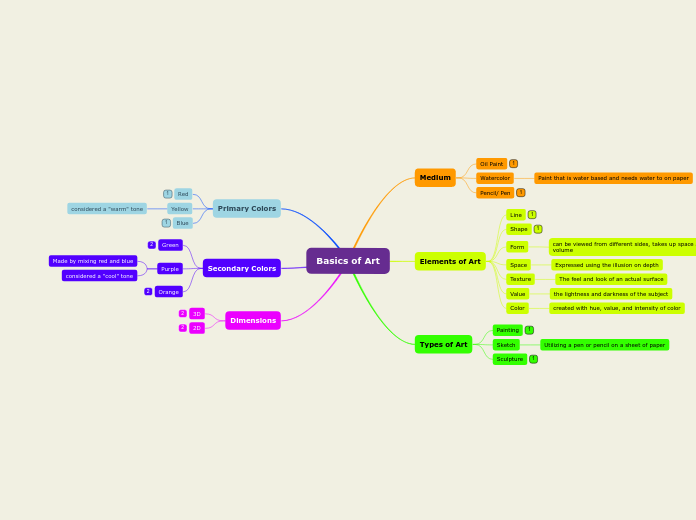Food Colours
Advantages
Some natural pigments have been shown to have nutraceutical value.
A pigment, naturals can provide transparent color to liquid, oil-based products.
Functions
Providing a colorful identity to products that would otherwise have little color
Eg. Gelatin
Improve weak naturally colours
Correcting natural color variation
Improve texture
Any dye, pigment or substance that imparts color when it is added to food or drink.
Disadvantages
Can be used in only a limited range of pH.
Costly
More sensitive to light and heat exposure
Types
Artificial
lakes
Applications
Dairy products
Dried mixes
Coloured noodle product
Chewing gum
The lake’s particle size can also affect the finished product color
Lakes are stable at a pH between 4.0 to 8.0,
but outside that range
Usage levels for lakes are approximately ten times the level needed for the corresponding FD&C dye.
Water-soluble FD&C dyes that are combined with an insoluble material/substrate.
FD & C colors, the base is aluminium hydroxide, with aluminium cation serving as the precipitant
Natural
Examples
Carotenoids
Turmeric
Caramel
Derived from natural sources like vegetables, minerals and animals.









